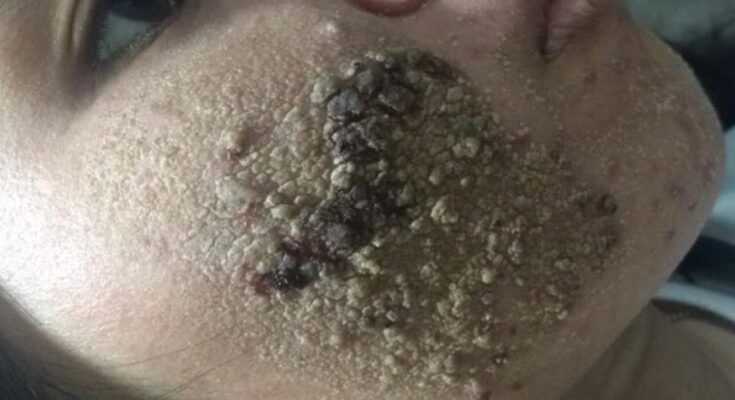It sounds like you’re referring to a procedure that involves the extraction of cystic acne, blackheads, and milia. These skin concerns often require careful handling and sometimes professional intervention to avoid scarring and further irritation. Here’s a breakdown of what each one is and how extractions typically work:
Cystic Acne:
Cystic acne is a severe form of acne that occurs when pores become deeply clogged with oil and dead skin cells, leading to painful, swollen cysts. It’s often difficult to treat with just topical products and may require medical treatment (e.g., oral medications like antibiotics or isotretinoin) and professional extraction or draining by a dermatologist to prevent scarring.
Blackheads:
Blackheads are a type of non-inflammatory acne. They form when hair follicles become clogged with oil and dead skin cells. Unlike whiteheads, blackheads are exposed to air, which causes the plug to oxidize and turn black. Extraction can be done manually or with the use of comedone extractors, but it is crucial to sanitize everything to avoid introducing bacteria.
Milia:
Milia are small, white cysts that form when keratin gets trapped under the skin’s surface. These are often seen around the eyes and cheeks. Milia can be removed by a dermatologist or licensed professional using a sterile needle or specialized extraction tools.
Extraction Tips:
- Consult a Professional: It’s always a good idea to see a dermatologist or licensed esthetician for extractions to ensure proper technique and hygiene, avoiding scarring or infection.
- Sanitize: Always use clean tools and cleanse the skin before and after the procedure to prevent introducing bacteria.
- Gentle Pressure: Excessive pressure can cause skin damage or scarring, so it’s important to be gentle during the extraction process.
- Aftercare: After an extraction, it’s important to avoid touching the area, use soothing products, and follow proper skincare routines to promote healing.
If you’re dealing with persistent cystic acne or blackheads, it’s best to consult a dermatologist to determine the most appropriate treatment for your skin.



